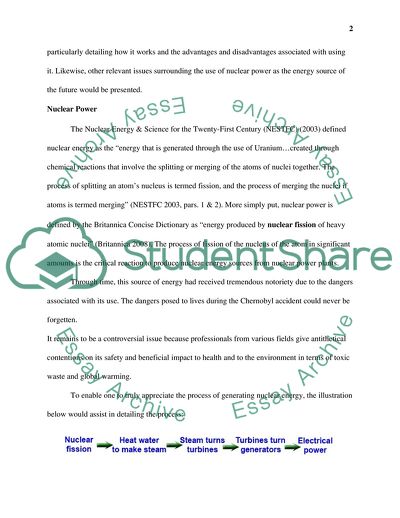Cite this document
(Nuclear Power as a Green and Sustainable Energy Source Literature review, n.d.)
Nuclear Power as a Green and Sustainable Energy Source Literature review. Retrieved from https://studentshare.org/environmental-studies/1742325-environmental-issues-in-business
Nuclear Power as a Green and Sustainable Energy Source Literature review. Retrieved from https://studentshare.org/environmental-studies/1742325-environmental-issues-in-business
(Nuclear Power As a Green and Sustainable Energy Source Literature Review)
Nuclear Power As a Green and Sustainable Energy Source Literature Review. https://studentshare.org/environmental-studies/1742325-environmental-issues-in-business.
Nuclear Power As a Green and Sustainable Energy Source Literature Review. https://studentshare.org/environmental-studies/1742325-environmental-issues-in-business.
“Nuclear Power As a Green and Sustainable Energy Source Literature Review”. https://studentshare.org/environmental-studies/1742325-environmental-issues-in-business.


